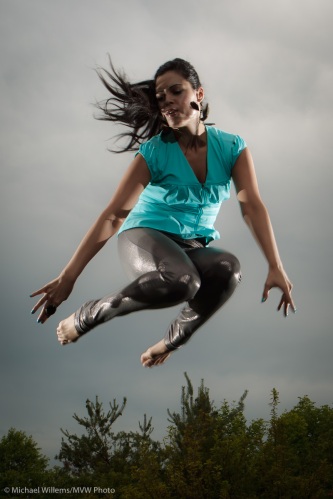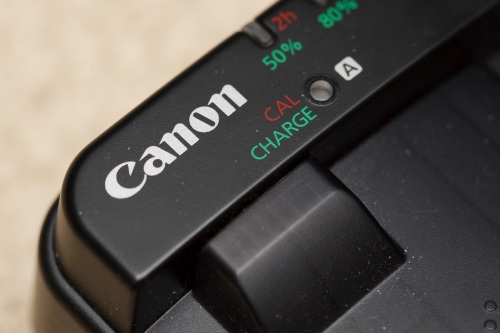A tip for photographers: batteries. For speedlighters like me, these are very important – so here are a few tips.
- Camera batteries are Lithium-Ion (LiIon). A battery technology that is used in most of your cameras. LiIon batteries do not need to be “fully discharged before charging”. You can charge them any time, even after just using 10% of the batteries. So go ahead and charge them daily. Never leave home without a full camera battery.
- Also, if you have not used a spare battery (you do have one, yes?) for a month, charge it (top it up).
- Flash batteries are NiMH, and these do have a slight memory effect. So use them up fully at least once a month. Better, get a conditioning charger like a Lacrosse (these can fully discharge the batteries before recharging). Also, these batteries “self discharge” in a month or two (some “low self discharge” batteries take longer, but they still discharge!). So recharge regularly.
- Light meter batteries are specialized. And they last a long time. And they run out when you need the meter… so, carry a spare.
- Pockwizard batteries: here you do not use rechargeables, which self discharge. but you use quality Alkaline batteries (low self discharge rate).
- Strobe batteries: (i.e. those heavy optional batteries for outside use of large flashes): These are lead-acid, like your car battery, and should be kept charged. No memory effect here, either. They must not be discharged fully.
And did I mention “always carry a spare set”?
Finally: when shooting an event or a commercial shoot, or anything else, even a family picnic: make it a routine to replace your flash batteries before you start each section. That way you will not run out.







